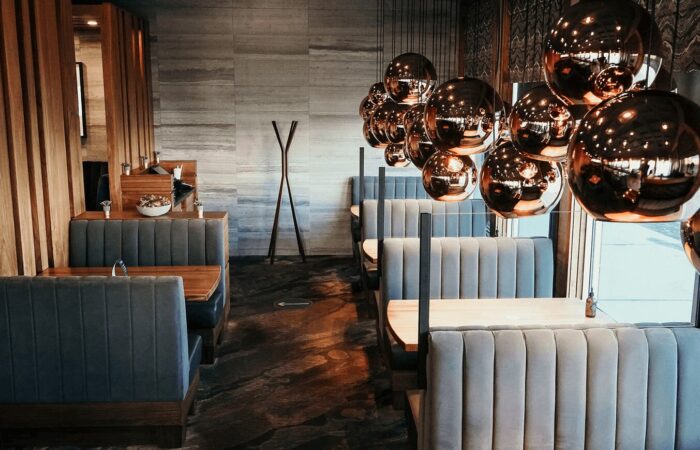The Rise of Energy-Efficient Glazing
One of the most exciting advancements is energy-efficient glazing. This technology reduces energy consumption by preventing heat loss in winter and excessive heat gain in summer.
- Double Glazing: The most common type of energy-efficient glass, double glazing, consists of two glass panes with an insulating gas layer in between. An example of this is the Edge Building in Amsterdam, which uses double-glazed windows to reduce energy use.
- Triple Glazing: More efficient than double glazing, triple glazing adds another layer of glass and insulating gas. Buildings like the Passive House in Darmstadt, Germany, utilize this technology for superior thermal performance.
- Low-E Glass: Low-emissivity (Low-E) glass has a thin metallic coating that reflects heat back into the building while still allowing light to pass through. The One World Trade Center in New York uses Low-E glass to optimize its energy efficiency.
The Advent of Dynamic Glass
Dynamic glass, or smart glass, represents a leap forward in custom glass technology. This innovative material can change its properties based on environmental conditions or user preferences, providing optimal light, heat, and privacy control.
The Stanford University Central Energy Facility is a prime example of dynamic glass in action. The facility’s windows automatically tint to reduce glare and heat, creating a comfortable, energy-efficient environment without the need for blinds or shades.
The Benefits of Modernized Custom Glass
The use of advanced custom glass in architecture offers numerous benefits:
- Energy Efficiency: As highlighted above, energy-efficient glazing can significantly reduce a building’s energy consumption, leading to lower utility bills and a smaller carbon footprint.
- Aesthetic Appeal: Glass gives architects the freedom to create visually striking buildings that would be impossible with traditional materials.
- Natural Light: Glass allows more natural light into buildings, which can enhance occupants’ mood, productivity, and overall well-being.
- Versatility: With advancements like dynamic glass, architects can now use glass in ways that were unimaginable just a few years ago.
Conclusion: Embrace the Future of Glass Architecture
As we’ve seen, the present state of custom glass works in modern architecture is exciting and filled with potential. Whether it’s energy-efficient glazing or dynamic glass, these innovations are transforming our built environment in beautiful, sustainable ways.
Want to learn more about the possibilities of custom glass in your architectural projects? Reach out to us today for further information or requests for products/services in this field. Embrace the future of architecture – one pane at a time.

